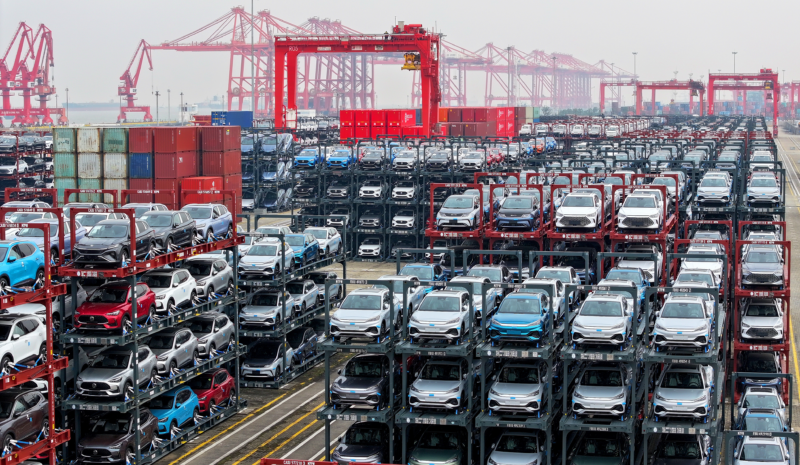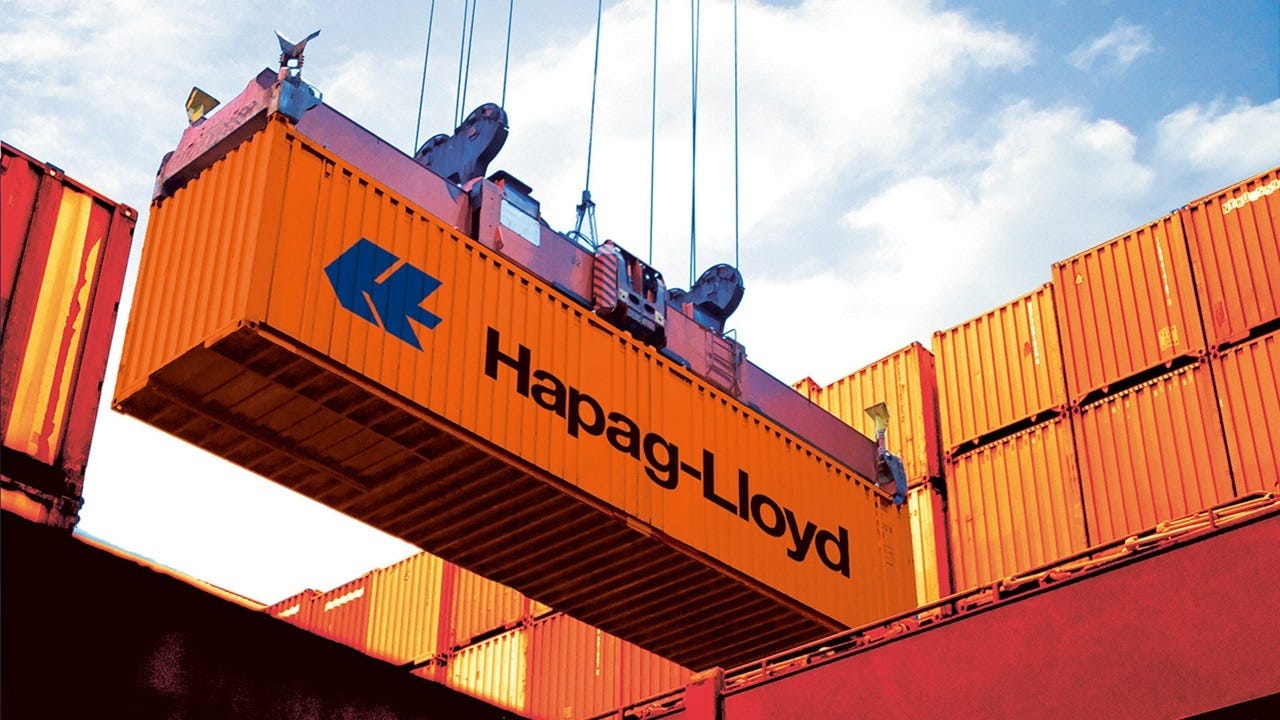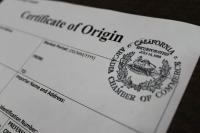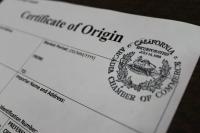CHINA AUTO EXPORTS SURGE 14.3% TO 112.7 BILLION USD IN FIRST TEN MONTHS OF 2025, SETTING NEW RECORD
China exported 798.4 billion yuan (112.7 billion USD) worth of vehicles in the first ten months of 2025, up 14.3% year-on-year.

China’s automotive industry recorded an export value of 798.39 billion yuan (around 112.8 billion USD) in the first ten months of 2025, a year-on-year increase of 14.3%, according to the General Administration of Customs, according to IT-home. The data reflect the continued expansion of Chinese vehicle exports despite slowing global trade growth.
During the same period, China’s total goods exports reached 22.12 trillion yuan (3.12 trillion USD), up 6.2%, while imports were 15.19 trillion yuan (2.14 trillion USD), roughly unchanged from a year earlier. The automotive sector was among the strongest contributors to export growth, outperforming the broader manufacturing average. Mechanical and electrical products accounted for over 60% of the country’s exports, with automobiles and semiconductors leading the gains.
In October alone, vehicle exports rose 34% from a year earlier, while integrated circuit exports increased 26.9%, according to customs data. Analysts say this points to ongoing demand for electrified and high-tech products in overseas markets. The trend has enabled Chinese automakers to expand their presence in emerging regions, including Southeast Asia, the Middle East, and Latin America.
However, China’s overall exports in October fell 0.8% year-on-year, the first monthly decline in several months. Economists cite last year’s high comparison base, fewer working days due to the Mid-Autumn holiday, and weaker demand from Western markets as key factors. Despite this, private enterprises continued to play a significant role in foreign trade, accounting for 21.28 trillion yuan (3.00 trillion USD) in combined imports and exports, a 7.2% increase year-on-year.
The General Administration of Customs did not disclose a breakdown of export destinations or vehicle types. Still, industry data suggest electric and plug-in hybrid vehicles remain major drivers of growth. Strong EV exports from brands such as BYD, SAIC, and Chery have bolstered China’s position as one of the world’s largest vehicle-exporting nations.
Looking ahead, analysts expect full-year auto exports to remain above 2024 levels but possibly at a slower pace as external demand softens and trade restrictions tighten. Still, the automotive sector continues to outperform other manufacturing segments, underlining China’s shift toward higher-value production and global market expansion.
Adrian Leung










